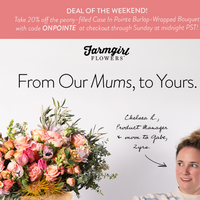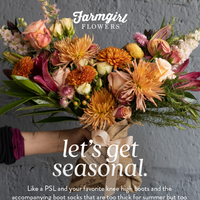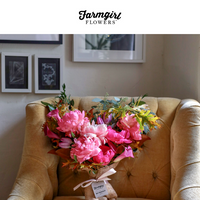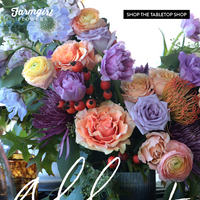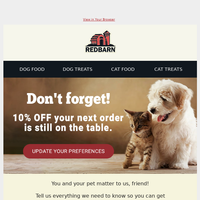|
||||||||||||||||||||||||||||||||||||||||||||||||||||||||||||||||||||||||||||||||||||||
Faux-tosynthesis 🍃 Part Two More 411 on Flower Food Ready to get a little (flower) nerdy again? If you read along last weekend, you’ll know that we covered the what of flower food. ICYMI - floral food has three basic components: something acidic, something sugar-y and something antibacterial-y (scientifically speaking, of course). The acidic component helps to lower the pH of the vase water so your stems can hydrate a little more easily, the sugar feeds your flowers since they can’t photosynthesize once they’ve been removed from the plant and, finally, the antibacterial prevents bacteria build up so your fresh cuts always get a fresh drink.So now that you know the what, it’s time to learn the how. How do I use flower food?First - it's all about proportion, proportion, proportion. Most sachets come with the right amount of flower food for 1/2 liter to one full liter of water (that's about 2.1 or 4.2 cups, respectively). Using too much flower food, or rather using too much flower food relative to how much water you're putting in your vase, is a quick way to actually shorten the vase life of your flowers. For best results, we recommend reading the directions/infographics you find on your flower food packet to ensure you're also using the right amount H20 in your vase.Second - stir it up! Undissolved granules of flowers food can also damage the health of your stems. Once you empty your packet into your vase water, give it a vigorous stir. We like to wait five to ten minutes and then stir again before adding our flowers just to make sure everything is properly mixed.Do I need more flower food for my flowers?The companies that manufacture commercial flower food know that the only hands on time most consumers spend with their cut flowers is when they're putting them in a vase for the first time. That means no vase water changes, no stem trims, etc. Accordingly, commercial flower food is generally designed to be a one and done solution, coming with enough food to sustain cut flowers a few days longer than they would have lived without any additions to the vase/additional water changes (assuming they're also kept away from direct sources of light or heat, of course). All that said, if you see something, do something. If the vase water is looking cloudy or gunky, gently remove your bouquet and place it in a temporary vessel, like a drinking glass, to maintain its shape. Empty the water from your vase and give it a quick clean with some soap and warm water. Refill your vase and replace the flowers. Repeat as often as you can remember and, if you're really going for gold, every day. This is also a good rule of thumb for any flowers you bring home that don't come with flower food. Fresh water is the single best thing you can give you stems to ensure the longest vase life. And that’s all folks! We’ll be back soon to talk about recipes for DIY’ing your own flower food but, in the meantime, we hope you’ve learned a new thing or two that you can use next time you get some #fgflove delivered to your doorstep. If you have any other flower questions you’d like answered, we’d love to hear from you! Send ‘em our way over on Instagram via DM or by dropping a comment on one of our posts (link to our profile is just below!).‘Til next time!FORGET FOOD, TAKE ME TO THE FLOWERS View in Browser | Update Preferences | Unsubscribe© 2023 Farmgirl Flowers. All rights reserved.P.O. Box 2258El Granada, CA 94018






